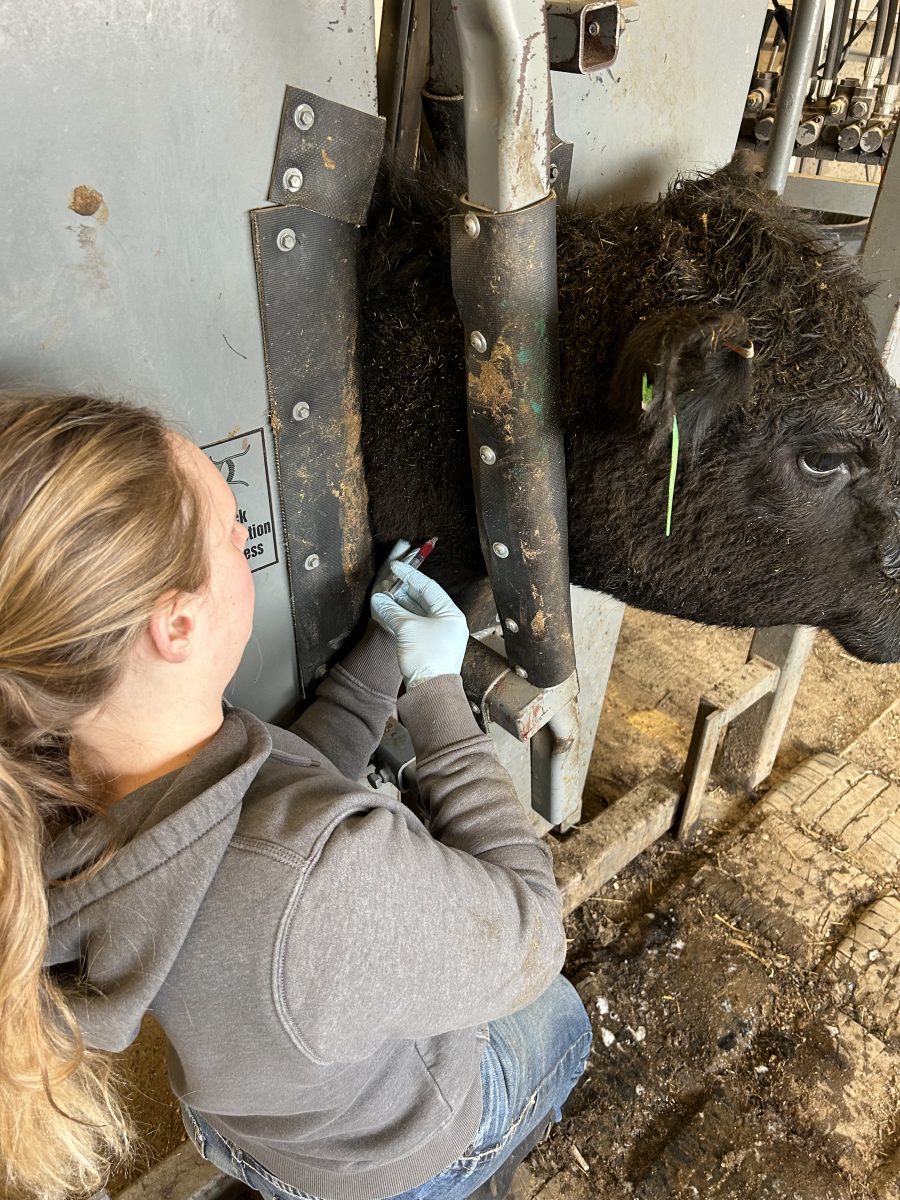College of Pharmacy will drop pre-acceptance program
October 8, 2003
Jana L. Haas
South Dakota State University’s College of Pharmacy will be doing away with a four-year-old pre-acceptance program after this academic year, according to College of Pharmacy Dean Brian Kaatz.
“It seems fairer to not have the pre-acceptance program. We’ll put everybody on equal footing,” Kaatz said.
Current SDSU freshman can still apply for pre-acceptance into the pharmacy program, but next year’s class will have to vie for a position in one of the program’s 60 seats.
Kaatz said that the number of students pre-accepted has never exceeded the number of students applying to the Pharmacy program without pre-acceptance guarantees, but he thinks it will be better for the program to do away with the guarantees.
“We began it at a time when nationally there was a decline in applications and we were trying to seek a way to attract more people here, but we’ve seen that (statistic) totally flip,” he said. “So we don’t feel we need to do those kinds of incentives any longer.”
SDSU hosts the state’s only Doctor of Pharmacy program and, in an attempt to help meet the nationwide demand, the College of Pharmacy at SDSU also recently increased its available slots from 50 to 60.
“We’ve seen a demand for pharmacists and we reacted to that,” Kaatz said. “We felt like we were capable of increasing, so we did.”
Government and industry surveys point to unprecedented increases in the volume of prescriptions that must be filled by today’s pharmacists.
Between 1992 and 1999, the average number of prescriptions that each community pharmacist filled rose 32 percent, according to the Health Resources and Services Administration (HRSA). Further increases are expected in the number of prescriptions filled as Baby Boomers begin to age and need more medicines associated with elder care.
Another factor in the rising demand for trained pharmacists is a sharp increase in the amount of administrative time needed to handle third-party payments for prescriptions, according to the HRSA. Processing insurance claims filing now consumes between 10 to 20 percent of a pharmacist’s time.
In addition, Kaatz said it is increasingly difficult to draw pharmacists to rural areas in the state. To help promote the opportunities in South Dakota, the college requires significant community experience in the final year where students spent the vast majority of their clinical experience at sites in South Dakota. The college also established an annual South Dakota Opportunities Night where South Dakota employers are invited to come and visit with SDSU students about internships and pharmacist jobs.
The number of SDSU students seeking a spot in SDSU’s well-known pharmacy program has been growing for the last few years. Two years ago, 160 applicants applied, and last year the number grew to 211.
Kaatz expects that number to continue increasing throughout the coming years because of heightened interest in the pharmacy profession due to additional publicity about the field. He added that the demand for pharmacists has not suffered with the economy downturns and beginning salaries have stayed the same.
Pre-pharmacy student Brianne Waldman, of Ipswich, is trying for a second time this year to get into the pharmacy program. She has thought about going to school in a different state if she isn’t granted a spot this year.
“There are so many people that apply, but they only accept 60 so I’ve even thought about changing my major,” Waldman, now a junior, said.
Freshman Ashley Alcock, of Redfield, said she might have to consider transferring if she doesn’t get into the program when she applies next fall.
“I would probably transfer to USD into their medical program to become a registered nurse or a physician’s assistant,” Alcock said.
“We’re working to accommodate more people,” Kaatz said.
He is interested in increasing class size given an increase in resources and faculty.
“At the moment, there are both space and staff issues, both of which, the university administration is willing to work with us on. I would see a possibility in the next few years of increasing class sizes.”
#1.886740:2646988621.jpg:Pharmacy 1.jpg:Ashley Alcock, a freshman pre-pharmacy major from Redfield, buries her head in her chemistry book. Alcock, like many other pre-pharmacy majors, is working to keep her grades up so she can get into the program. Next year the College of Pharmacy will quit its pre-acceptance program.:



















